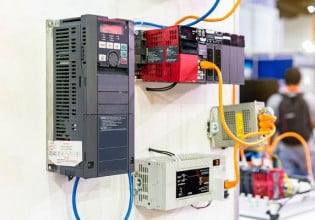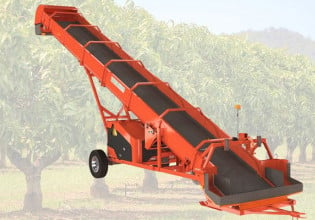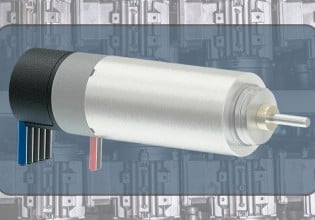Control Techniques Launches VFD With App-Based Commissioning Tools
Commander S series of variable frequency drives from Control Techniques enables parameter upload and download as well as performance monitoring through secure NFC, app-based communication.
Three-phase motors have long been controlled with the waveshaping abilities of the variable frequency drive (VFD). Once these machines are connected to their control system and operating, they provide reliable performance for years under proper conditions. However, the installation and commissioning process can be quite complex, leaving engineers struggling to perform the installation with the help of documentation or by allowing an integrator to perform the third-party work.
Control Techniques’ Commander S Drive
At a motor performance level, the Commander S series of VFD provides output power capabilities from 0.25 up to 5 HP in this micro form factor series. Input sources range from 1-phase 110v for the smaller models up to 3-phase 380-480v for the larger drive models.
Basic parameter view and adjustment is performed from the on-board HMI with simple button control on the face of the drive unit.
Standard protection capabilities are also embedded into the programming, including input ripple voltage threshold, 150% maximum motor current threshold, as well as under- and over-voltage error levels, all of which provide diagnostic fault data and safe shut-down under such circumstances.

Control Techniques’ new Commander S variable frequency drive. Image used courtesy of Control Techniques
Control I/O integrated into the model includes many standard features. Two analog inputs for either local potentiometer control, or external device control, configurable for 0-10v, 0-20mA, or 4-20mA. One analog output is also provided with the same signal options. Digital inputs from a built-in power supply can be either sourcing or sinking for local start-stop-jog operations and pre-set frequency selection. A discrete output is provided in one SPDT configurable relay.
One RS-485 port allows network control via Modbus RTU protocol, which may also be used in conjunction with a Modbus adapter to integrate into nearly any system.
Although mechanically, the Commander S is a robust, highly capable VFD (with a really nice look, I might add), the element which sets it apart from the rest of the market is the remote commissioning and monitoring tool, called the Marshal application.
Commander S Marshal Tool
Industrial facilities have good reason to be wary of widespread wireless access to mission-critical tools and equipment. However, an innovative adaptation is a concept called Near-Field Communication (NFC), similar to RFID, but with far more powerful and rapid data transmission capabilities. Devices must be in very close proximity to each other, minimizing security risks. In a way, this is not unlike a user who must be present at the terminal already, therefore there is no further risk imposed by using a more efficient tool to accomplish a task.
In this case, the task is commissioning.

Control Techniques’ Marshal app for commissioning and monitoring Commander S drive. Image used courtesy of Control Techniques
Commonly, the setup process involves providing power to the VFD, then setting a number of parameters to establish motor properties, velocity and acceleration values, and network characteristics (such as an IP address or serial node value). At this point, the drive can be connected to the network and provide power to the motor. Once established as a network node, new parameters may be downloaded and the drive can be monitored for performance.
This entire process is now accelerated with NFC using the Marshal app (which can be installed on any iPhone or Android device with NFC capability). The drive needs only to be powered, and all parameters can be set in a moment, greatly increasing system uptime.
There are a few key additional benefits of the app. The parameter sets can be shared across any channel including email, messaging services, or simply downloaded as needed. This adds efficiency when setting up multiple drive units. Custom wiring diagrams for every motor in the system are also stored on the drive, and the Marshal app allows instant viewing of the wiring diagram - no more searching for a paper diagram when downtime is costing money by the minute.
Summary
As we know in the industrial world, time is money. In fact, time costs a great deal of money for industrial maintenance. Whether the project is initial installation and commissioning, or failure diagnostics and repair, relying on secure technologies to automate the process will always lead to a cost saving over manual methods.






